Even though Phoenix is the state’s capital, Tucson is considered by most to be the heartland of the Sonoran Desert. Tucson is situated approximately one hour drive from the Mexican border and it offers a wide variety of forms of tourism satisfying a wide variety of tourists’ interests. Spend some time traveling around Saguaro National Park, where the country’s largest cacti. The saguaro cactus – the unchallenged unmistakable symbol of the American Wild West – grows. And take a closer look at Sabino Canyon and the trails that it offers. Another interesting tour that one can take in Tucson is to get a closer look at the plants and animals. That inhabit it as the Arizona-Sonora Desert Museum gives this topic a great amount of attention.
For an opportunity to capture Tucson, which is only one of two UNESCO Cities of Gastronomy in the United States. One should be able to taste as many of over 50 enterprises that are now bearing a City of Gastronomy title, including El Charro Café – the oldest Mexican restaurant in the USA. When it is time for your meals head down to the art galleries within Catalina Foothills. You should meet university students at stores within the contemporary and appealing Fourth Avenue, or proceed to the Pima Air & Space Museum.
1. Arizona-Sonora Desert Museum
Although officially called ‘The Museum,’ the range of actual activities and events, the amount and variety of animals that inhabit this place and can be seen at a glance, a botanic garden, an aquarium, and an art gallery can be considered as a zoo. Indeed, 85% of your interactions are going to occur outside and require you to walk (appropriate outfit). There are 230 various animals at Arizona-Sonora Desert Museum – hummingbirds with their nests, coyotes, stingrays, and 1200 kinds of plants, namely cacti.
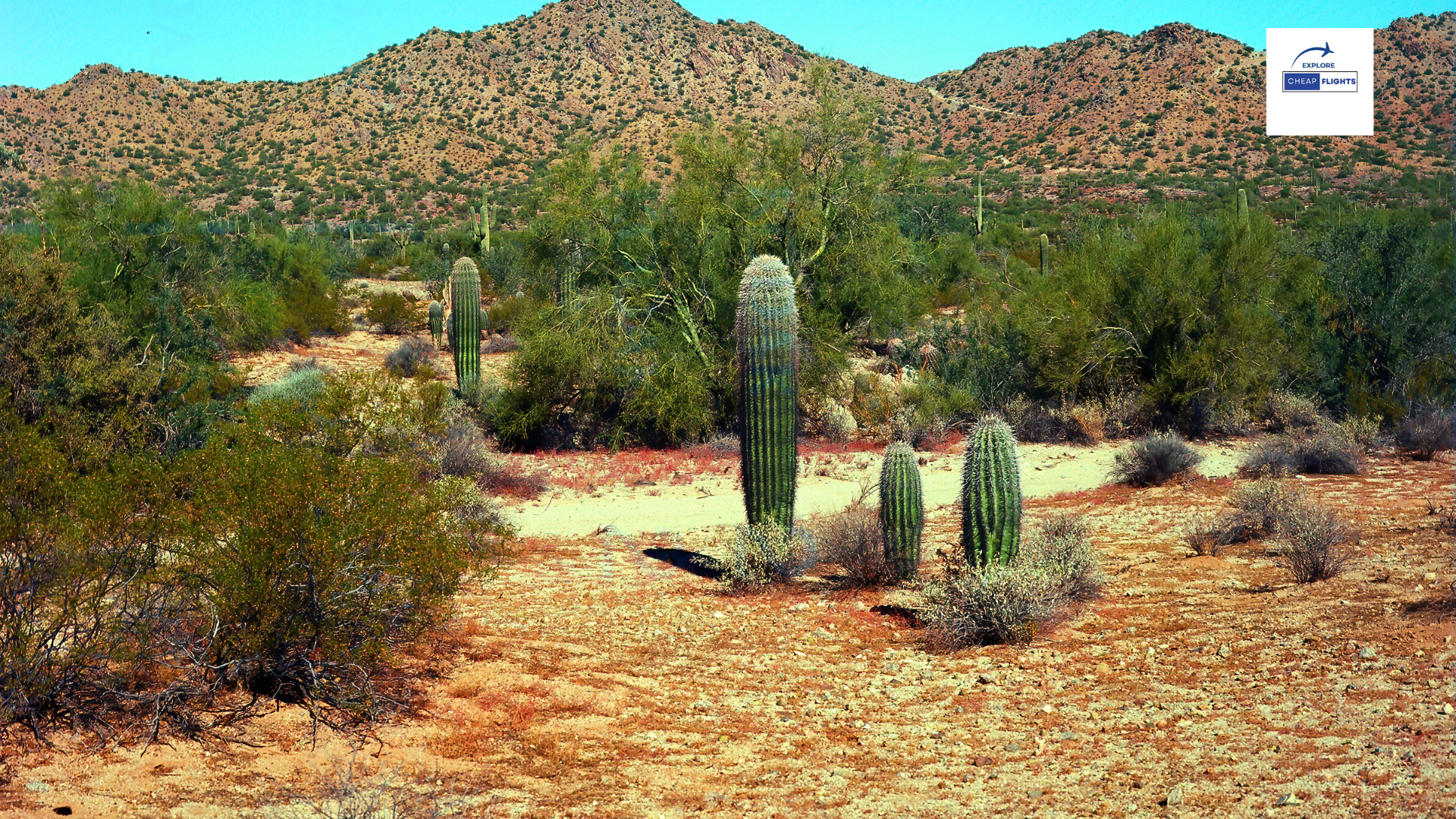
Through the vehicular access, visitors move to the Warden Aquarium and the Reptile, Amphibian. And Invertebrate Hall located to the left of the entry plaza before going onto the other exhibits on foot.
Some of the features that also attract visitors include the approximately 2-mile loop trail walking through the desert’s animal exhibits and native plants looping through the desert ecosystem. If you are feeling peckish after all the slow walking then there are three restaurants in the museum and all the restaurants overlook the desert.
2. Saguaro National Park
Saguaro National Park East encompasses 92,867 acres of land to preserve the largest cactus in the world. The saguaro known in Spanish as Sahuarita (sa-WAH-ro). The park is separated into two districts: Two are Rincon Mountain District for the east of the city and Tucson Mountain District for the west of the downtown. Every part is equipped with a tourist center, sizable kilometers of trails, and simply hundreds of tall saguaro cacti.
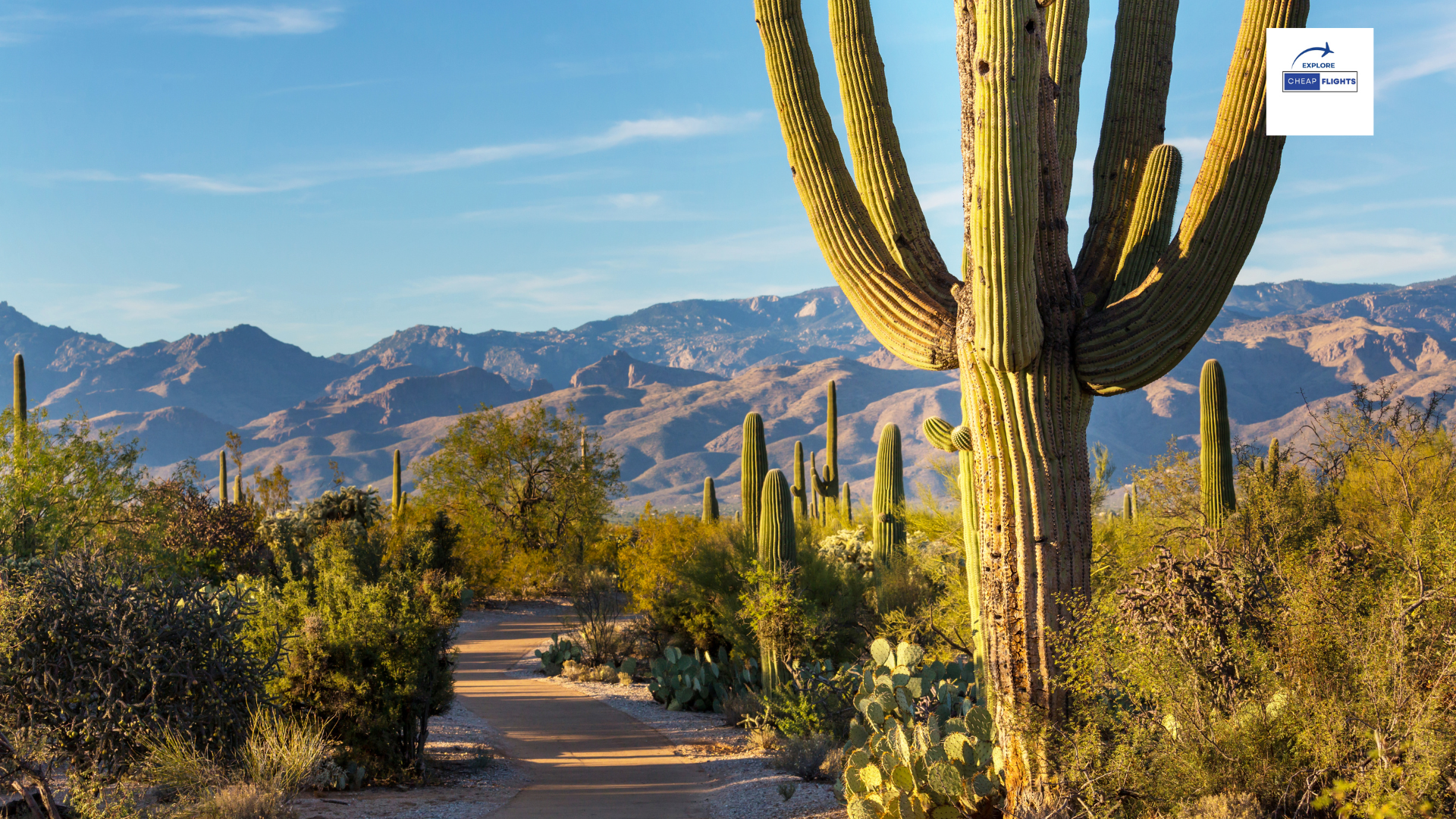
Are you feeling a bit lazy to go out and take a hike? Cf spectacular loop drive: It is a paved route in the Rincon Mountain District that connects the trial heads, pullouts, and viewpoint. The unmarked Bajada Loop Drive is recommended for those in Tucson Mountain District. As it offers sights of spectacular views and setting up picnics.
3. Mission San Xavier del Bac
San Xavier Mission (or the White Dove of the Desert) on the Canoncito Indian Reservation eight miles south of Tucson is one of the best examples of baroque architecture in the USA. This working Roman catholic church, built in 1797, attracted characteristics that originated from the Moors, Byzantines, the Italians, and the Mexicans. It is a National Historic Landmark. White plaster covers the outside, while rich frescoes and carved religious figures decorate the inside.
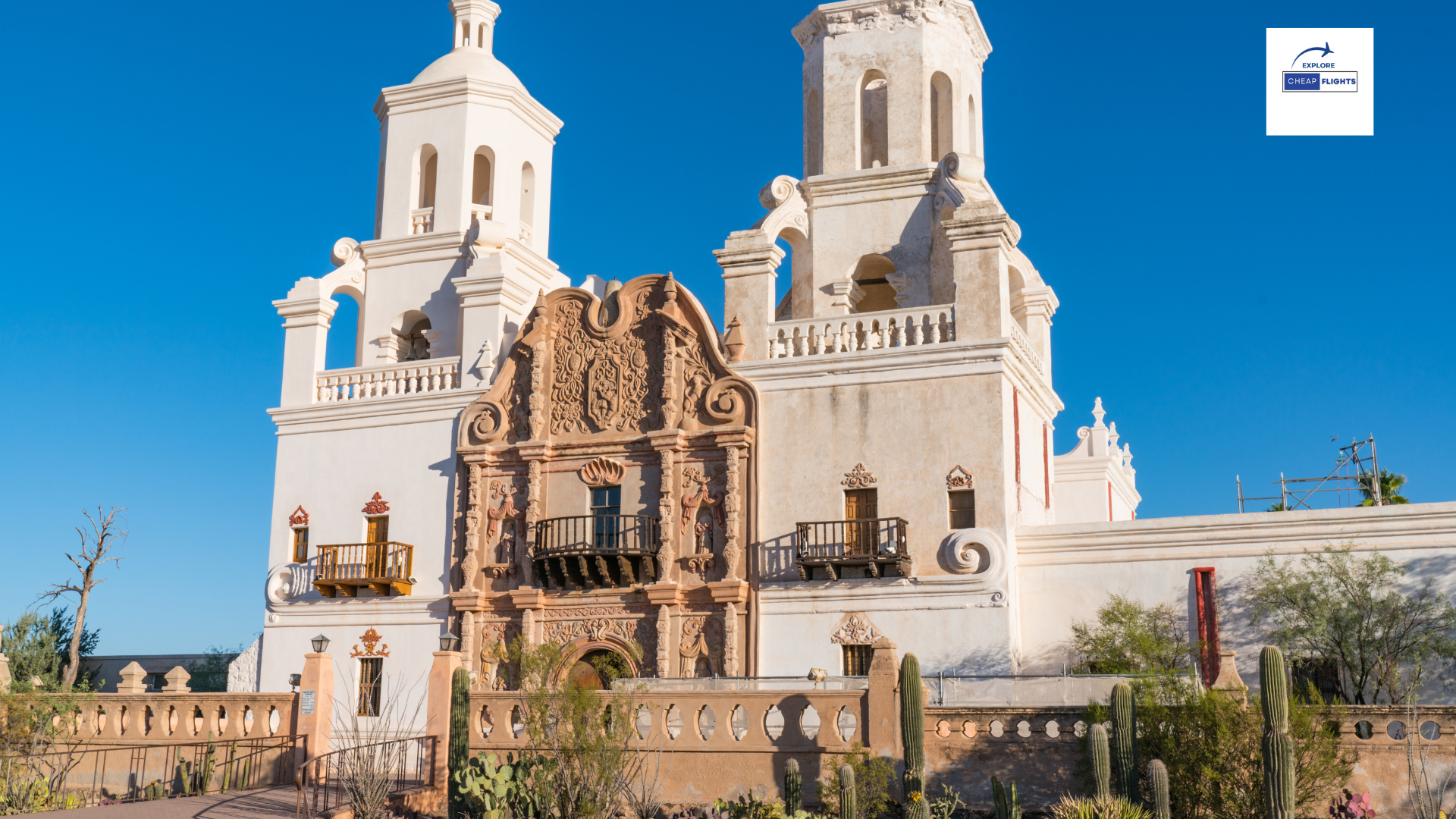
Recent tourists stated that this is a must-see in Tucson and worth a visit just for the photo opportunities. Though reviewers praised the mission’s attractiveness, they also claimed it could be completed in under an hour. It should also be pointed out that there is not much tree cover so should you find yourself in the compound in summer, do carry your sun lotion.
4. Mount Lemmon Scenic Byway
The Mount Lemmon spectacular Byway also known as Catalina Highway Scenic Drive cuts through the hormonal Catalina Highway and offers the only paved means of reaching the summit slopes of Mount Lemmon. And the eastern flanks of the Santa Catalina Range and ranks among the most scenic ones in southeast Arizona.
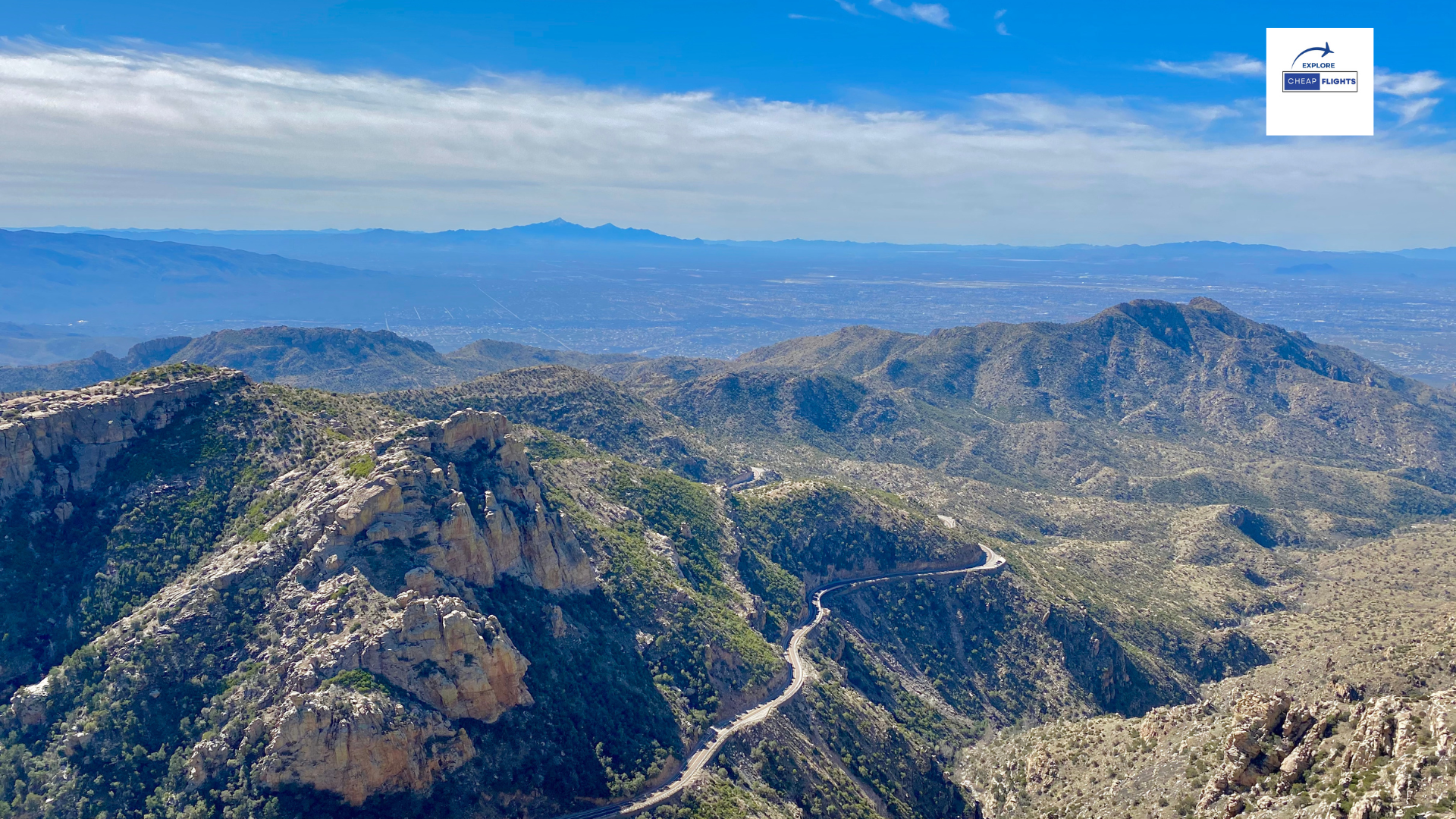
Aside from the stunning canyon and mountain views, the nearly 60-mile round-trip byway provides visitors with the biological equivalent of driving from the Mexican deserts to the Canadian forests. Visitors can learn more about the area by stopping at the Palisades Visitor Center while driving.
5. Sabino Canyon Recreation Area
Sabino Canyon, located at the base of the Santa Catalina Mountains on Tucson’s northeast side, is a popular recreational destination for both locals and visitors. Due to its various hiking routes and animal viewing possibilities (look out for a Gila monster). Visitors may picnic amid the saguaros and cool off in Sabino Creek. If you want to get a sense of the environment without breaking a sweat, ride the Sabino Canyon Crawler.
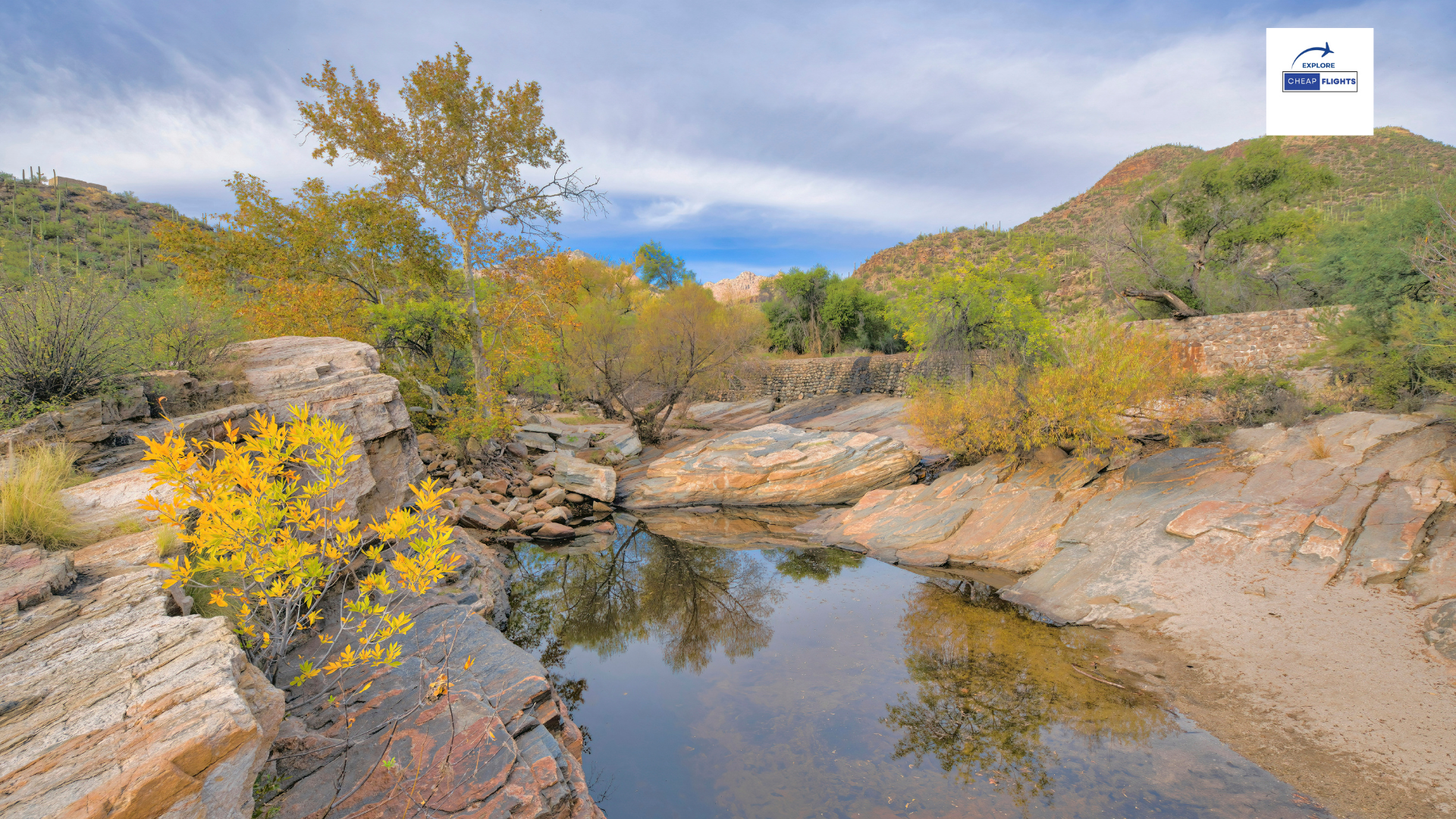
The narrated, hour-long open-air shuttle journey across the canyon (which is closed to private cars) includes nine stops. You can get off and explore at your leisure, or take the shuttle back to the tourist center.
6. Old Tucson
Fans of classic Western movies may recognize classic Tucson’s 1890s-themed buildings. Which have served as the backdrop for over 500 television series and movies, including “Three Amigos,” “El Dorado,” “Joe Kidd,” “Winchester ’73,” and “Tombstone.” This iconic film location, which formerly hosted John Wayne, Paul Newman, Frank Sinatra, Clint Eastwood, and Ronald Reagan.
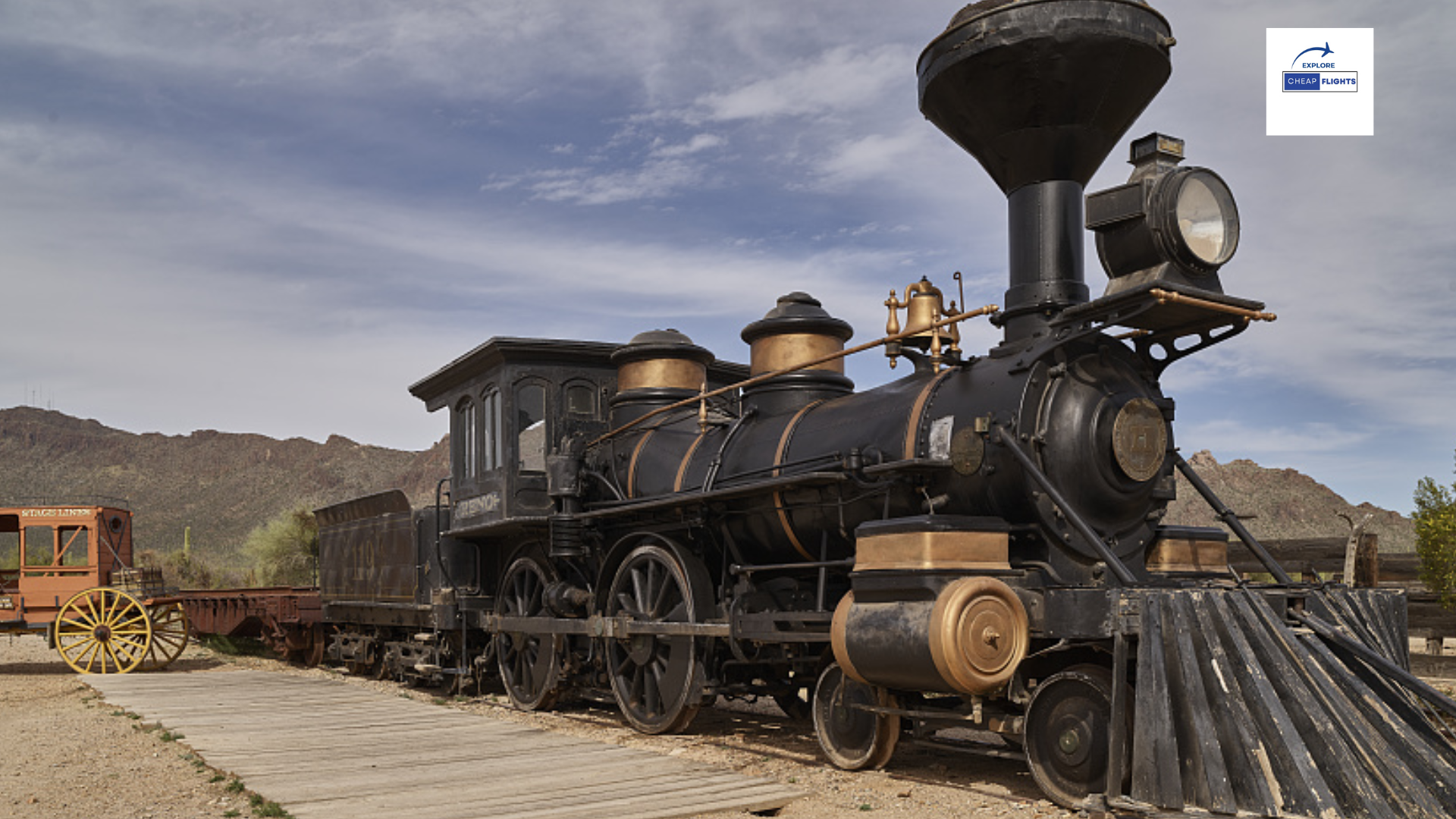
Which is now mostly a theme park providing guests experiences and excursions (although movies are being shot on the 300 acres of desert scenery).
7. Tohono Chul
Jean and Richard Wilson created this 49-acre park, which mixes desert species such as saguaros with themed gardens. Starting in 1966, Tohono Chul has expanded and become a complex with several art galleries, shops, a retail greenhouse, and an Asian/Southwestern-themed café. In addition to small nature walks there is also a butterfly garden and various other species. Ranging from; Arizona state birds; cactus wren and Gila woodpecker.
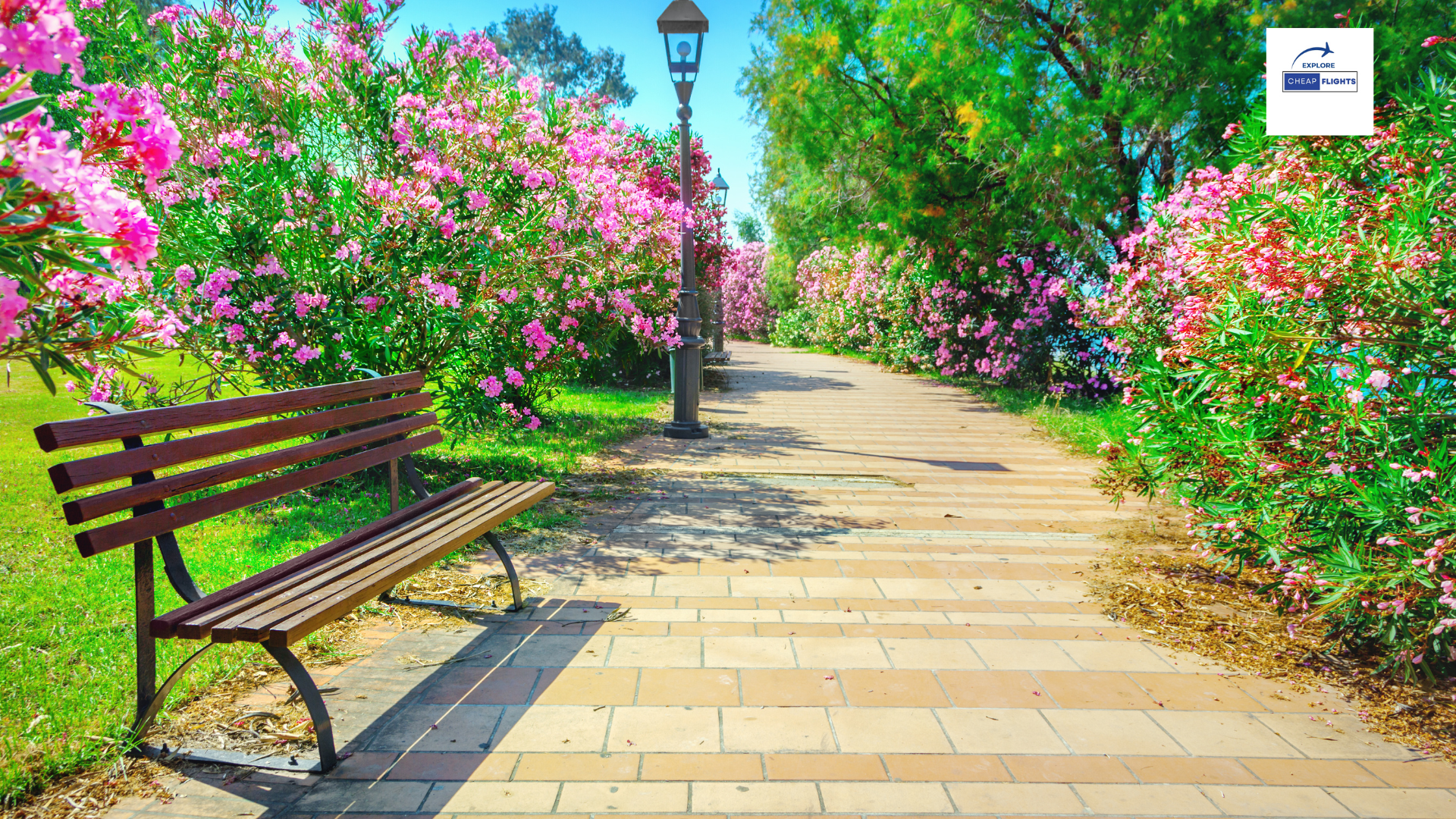
Current visitors advise arriving early in the morning or later in the evening in order not to face scorching heat in the mid-summer. A few reviews liked the docent-led tours, particularly the bird walk, and many tourists praised the docents. Others were thrilled with the on-site café and the plant identification signs.
8. Tucson Botanical Gardens
This 5.5-acre park occupies as many as 12 gardens, which are roses, herbs, cacti, irises. And plants used by the Tohono O’odham people.
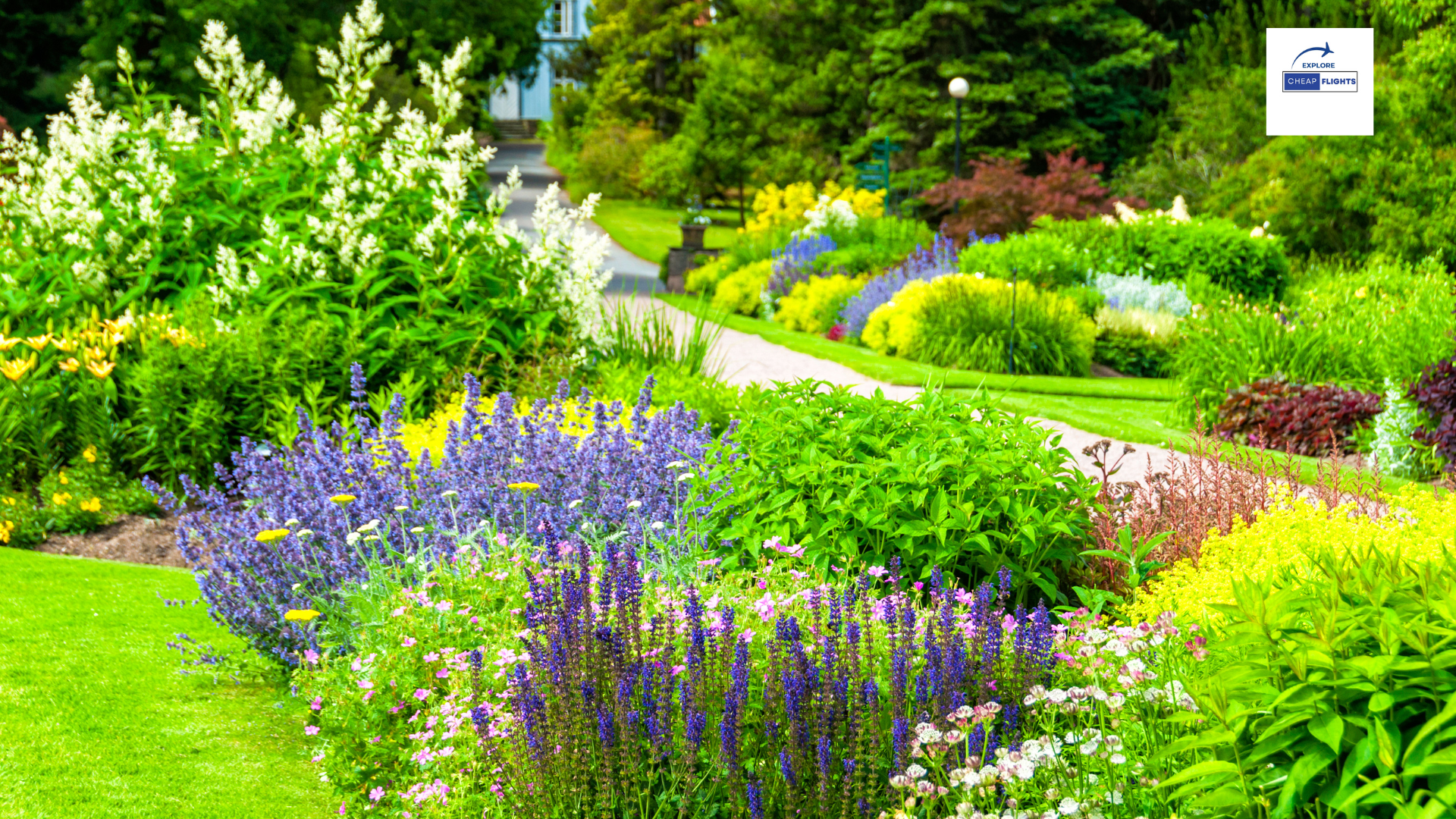
In addition to the outside themed gardens, guests may marvel inside the Cox Butterfly and Orchid Pavilion (open annually from October to May). Many garden visitors stop at Edna’s Eatery for breakfast or lunch. In addition, the gift shop sells one-of-a-kind garden and home accessories.
Recent visitors were pleasantly pleased by how much shade the garden provided, and many reported spending several hours here. Several guests loved the butterfly and orchid exhibits. Others commented on the modest size of the garden. You can also explore more on this topic.
If you read our blog on 8 Best Things To Do in Tucson in 2024. Then you are at the right place call now +1 646-650-5126 and get instant assistance to get the cheap deals.
